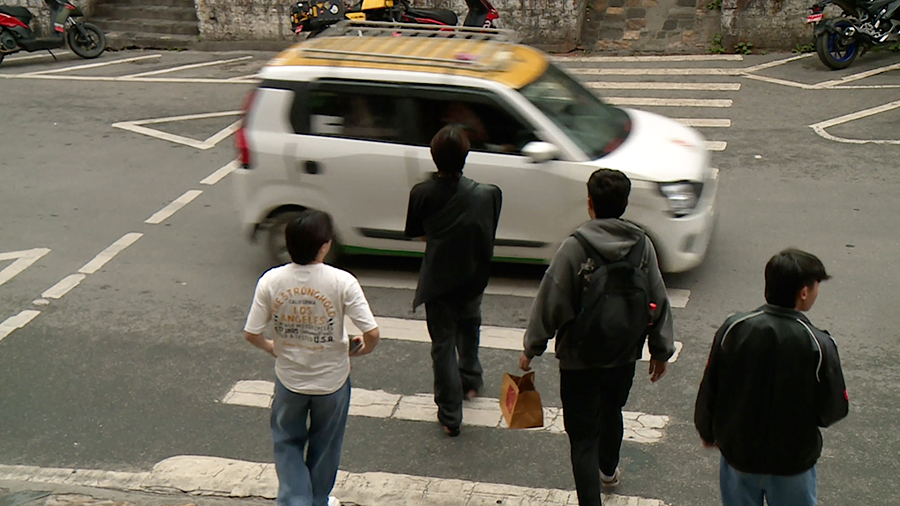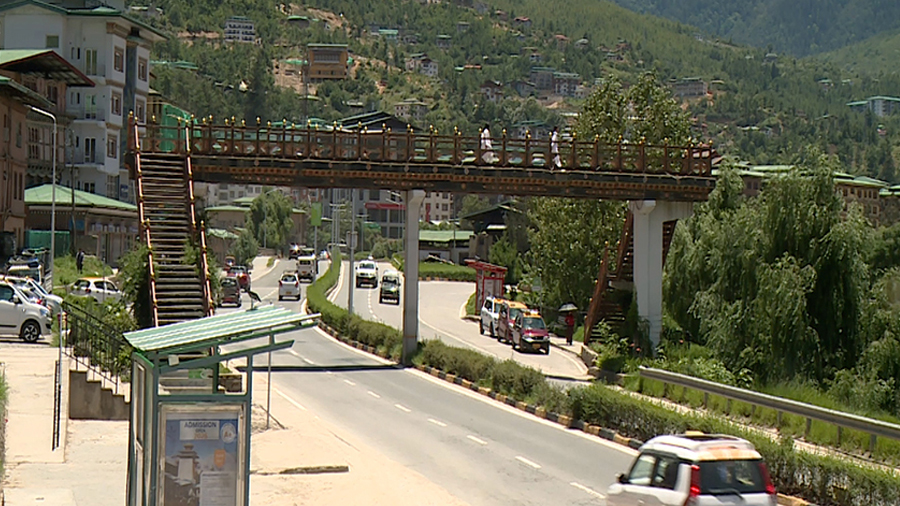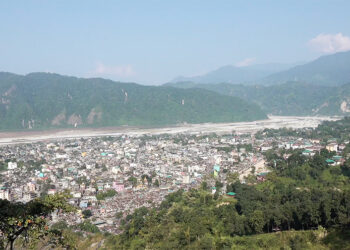 An accident involving a 20-year-old woman at a zebra crossing at Zilukha in Thimphu last month has once again brought attention to the growing concerns over road safety for both pedestrians and drivers. With casualties in zebra crossing accidents steadily increasing in Thimphu in recent years, both the public and the Traffic Division are calling for improved infrastructure to address the issue. Thimphu recorded 25 such accidents from 2021 till date.
An accident involving a 20-year-old woman at a zebra crossing at Zilukha in Thimphu last month has once again brought attention to the growing concerns over road safety for both pedestrians and drivers. With casualties in zebra crossing accidents steadily increasing in Thimphu in recent years, both the public and the Traffic Division are calling for improved infrastructure to address the issue. Thimphu recorded 25 such accidents from 2021 till date.
In 2021, while there was only one reported case, in 2022, three such cases of vehicles hitting pedestrians were reported in Thimphu. That number doubled to six in 2023. Last year saw a significant jump, with 12 recorded cases. And in just the first five months of this year, three more incidents have already occurred.
The Traffic Division observed that the majority of these incidents were caused by the failure to adhere to pedestrian crossing rules, particularly by drivers who failed to give way to pedestrians or did not reduce their speed when approaching zebra crossings.
Pedestrians interviewed by BBS said that some drivers do not follow pedestrian crossing rules, while others emphasised that road safety is a shared responsibility.
Chogyel Dema, a resident said, “We feel scared when a speeding vehicle approaches. Some drivers don’t even slow down when they reach the zebra crossing, and at times, we have to run.”
Sangay Wangchuk, another resident said, “Some pedestrians cross zebra crossings casually thinking that it is their right. While some may be careless, it is ultimately the driver’s responsibility to stop, unless there is a technical issue.”
Meanwhile, drivers noted that pedestrians also often fail to follow safety rules. They added that given the growing concerns about pedestrian safety, the construction of overhead bridges could help address the issue.
Omtong, a taxi driver said, “Believing that it is their right, some people cross zebra crossings without caution. This can be extremely risky, especially, when drivers are in a hurry. I believe overhead pedestrian bridges would significantly enhance safety in areas nearby schools such as Lungtenzampa and Yangchenphug, where hundreds of students cross the road daily.”
Sonam Penjor, another taxi driver said, “Sometimes, people walk slowly while using their mobile phones, and some suddenly step onto the road without warning. This is risky, especially if a driver faces a technical issue. An overhead bridge like the one in Olakha would be a safer and more convenient solution.”
Traffic officials said that negligence from both drivers and pedestrians is a major concern.
According to the Traffic Division, despite ongoing awareness campaigns, many drivers still ignore pedestrian crossing rules. At the same time, pedestrians also often fail to use designated crossings or do not check for oncoming traffic.
 The division also recommends overhead pedestrian crossings or underpasses in high-traffic areas to minimise interactions between vehicles and pedestrians.
The division also recommends overhead pedestrian crossings or underpasses in high-traffic areas to minimise interactions between vehicles and pedestrians.
Furthermore, officials and drivers also noted that some zebra crossings have faded over time, making them nearly invisible to approaching vehicles.
According to a written response from Thimphu Thromde Administration, plans to construct overhead pedestrian bridges or underpasses are under discussion with relevant agencies.
The administration also added that markings on roads and crossing are frequently repainted. To prioritise the task, the administration stated, a dedicated team has been deployed to undertake road marking and traffic signage works.
The Traffic Division said that with increasing number of vehicles, there is a growing need to develop dedicated pedestrian safety infrastructure. It said ensuring road safety is a shared responsibility of both drivers and pedestrians.
Sangay Chozom
Edited by Kipchu







